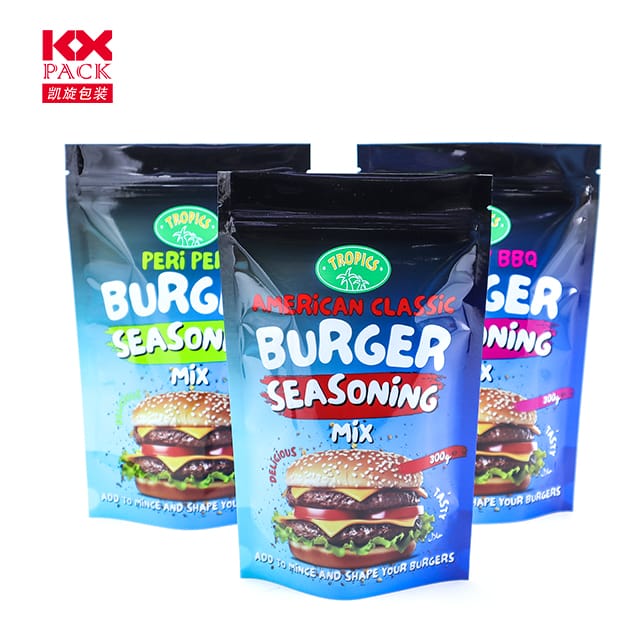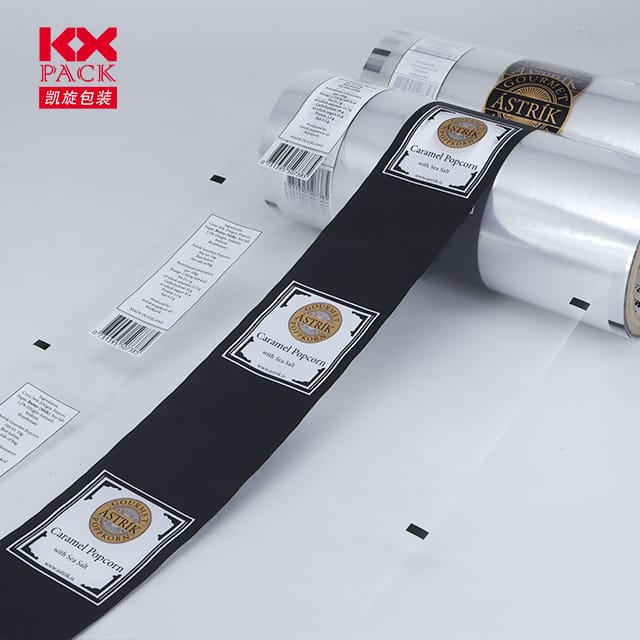电影层压 101: 保护, 增强, 并用薄薄的创新转换表面
电影层压
从光滑的智能手机屏幕到充满活力的包装设计, 电影层压 是现代制造和设计中的安静英雄. 此过程涉及应用薄, 保护性薄膜层到表面, 提供耐用性, 美学, 和功能. 无论您是DIY爱好者, 企业主, 或只是对日常材料感到好奇, 了解胶片层压可以解锁创造性和实用解决方案.
什么是电影层压?
膜层压是粘合塑料膜的过程 - 尤其是由聚酯等材料制成的 (宠物), 聚丙烯 (聚丙烯), 或乙烯基 - 底物 (例如。, 纸, 纸板, 金属, 或木头) 使用热, 压力, 或粘合剂. 结果? 抵抗划痕的增强表面, 水分, 紫外线, 和褪色, 虽然经常添加光滑的饰面.
胶片层压的关键好处
- 防止磨损
层压电影充当盾牌, 保护溢出物的表面, 污渍, 指纹, 和磨损. 这使它们非常适合菜单等高流量物品, 身份证, 或室外标牌. - 增强的美学
电影是哑光的, 光滑, 纹理, 或金属饰面, 允许设计师提升视觉效果. 光滑的层压板可以使颜色流行, 而哑光饰面却降低了眩光以获得可读性. - 延长寿命
通过防止衰减, 层压保留了文件的完整性, 艺术品, 或产品标签, 减少更换的需求. - 功能升级
专业电影可以添加诸如抗毛皮涂层之类的属性, 抗菌保护, 甚至RFID阻止功能.
膜层压技术的类型
- 热层压
使用热量激活膜上的粘合剂层, 将其粘合到基材. 以纸张或书籍封面等纸质产品(例如纸质产品)常见. - 压力敏感的层压
依靠压力施加的粘合剂胶片 (例如。, 通过滚筒或手动工具). 非常适合不规则的表面或进行进行维修. - 液体层压
将液体涂层喷洒或滚动到表面, 然后固化以形成保护膜. 通常用于大型印刷品或工业应用. - 冷层压
单独使用压力来粘附电影, 消除热量. 适用于某些塑料或照片等热敏感材料的理想选择.
跨行业的申请
- 打包: 层压膜保持食物新鲜,并完整标签, 即使在潮湿的环境中.
- 电子产品: 屏幕保护器和设备套管使用层压膜以抗刮擦和触摸灵敏度.
- 汽车: 仪表板覆盖层和内部面板依靠层压膜来耐用性和优质感觉.
- 艺术 & 摄影: 框架的艺术品或照片印刷品被层压以防止紫外线损坏和发黄.
- 建造: 层压玻璃和建筑膜提高建筑物的安全性和能源效率.
DIY电影层压: 初学者的提示
想在家尝试层压? 这是开始的方法:
- 选择合适的电影: 为简单起见,选择自粘乙烯基或宠物膜.
- 清洁表面: 灰尘或油脂可能会导致气泡 - 底物透水.
- 使用挤压: 慢慢地应用电影, 当您走时,使用挤压器推出气泡.
- 修剪过量: 锋利的手工刀确保边缘干净.
用于较大的项目, 考虑投资基本的层压机 (可用于下游 $50 用于家庭用途).
可持续性考虑
层压延长产品寿命, 解决回收挑战很重要. 许多层压材料很难分成膜和底物, 导致垃圾填埋场. 然而, 创新:
- 可生物降解的电影 由植物材料制成.
- 可回收层压板 设计用于易于分离.
- 可重复使用的电影 (例如。, 静态覆盖) 正在减少环境影响.
电影层压的未来
纳米技术和智能材料的进步正在推动界限. 想象一下:
- 自我划痕.
- 用温度或光更换颜色.
- 通过嵌入的太阳能电池产生能量.
与电影本身一样,可能性是稀薄,无限的!
最后的想法
胶片层压不仅仅是保护层,它是创新的工具, 可持续性, 和创造力. 是否要保存回忆, 品牌产品, 或设计下一个突破性的材料, 这项谦虚的技术值得一看.
您是否在项目中使用了电影层压? 在下面的评论中分享您的提示或喜欢的应用程序! 🎬✨







